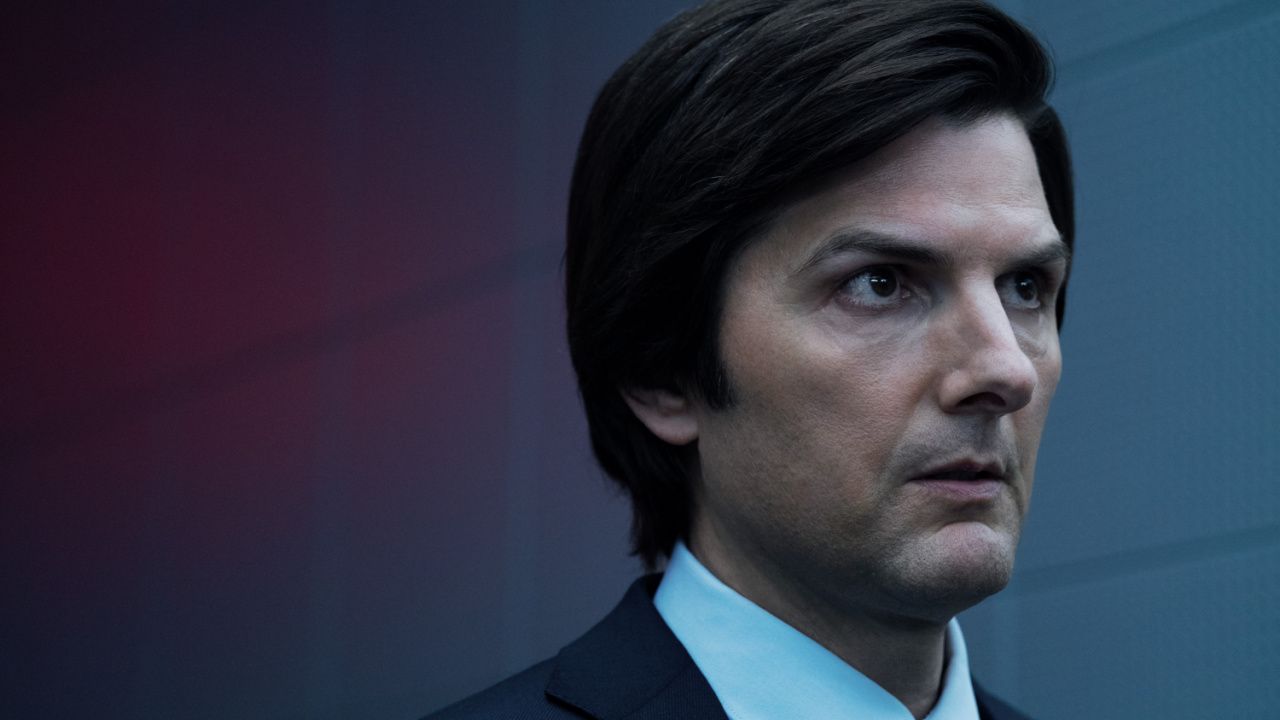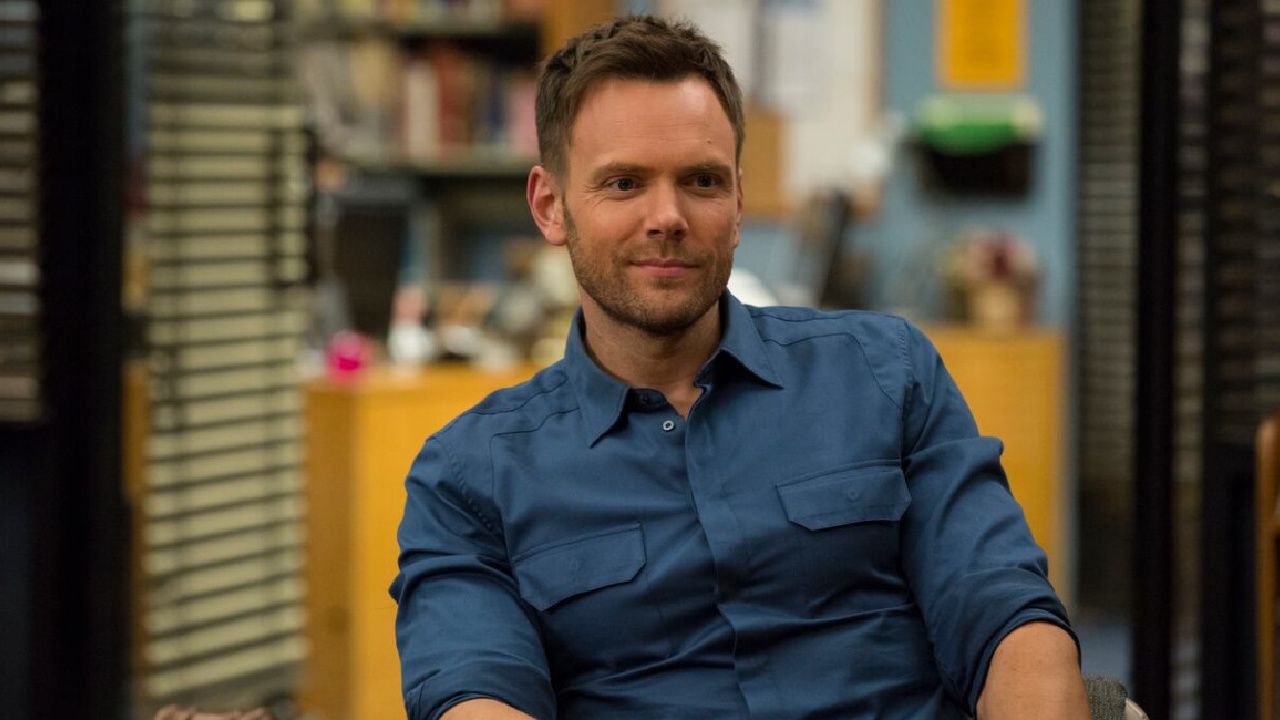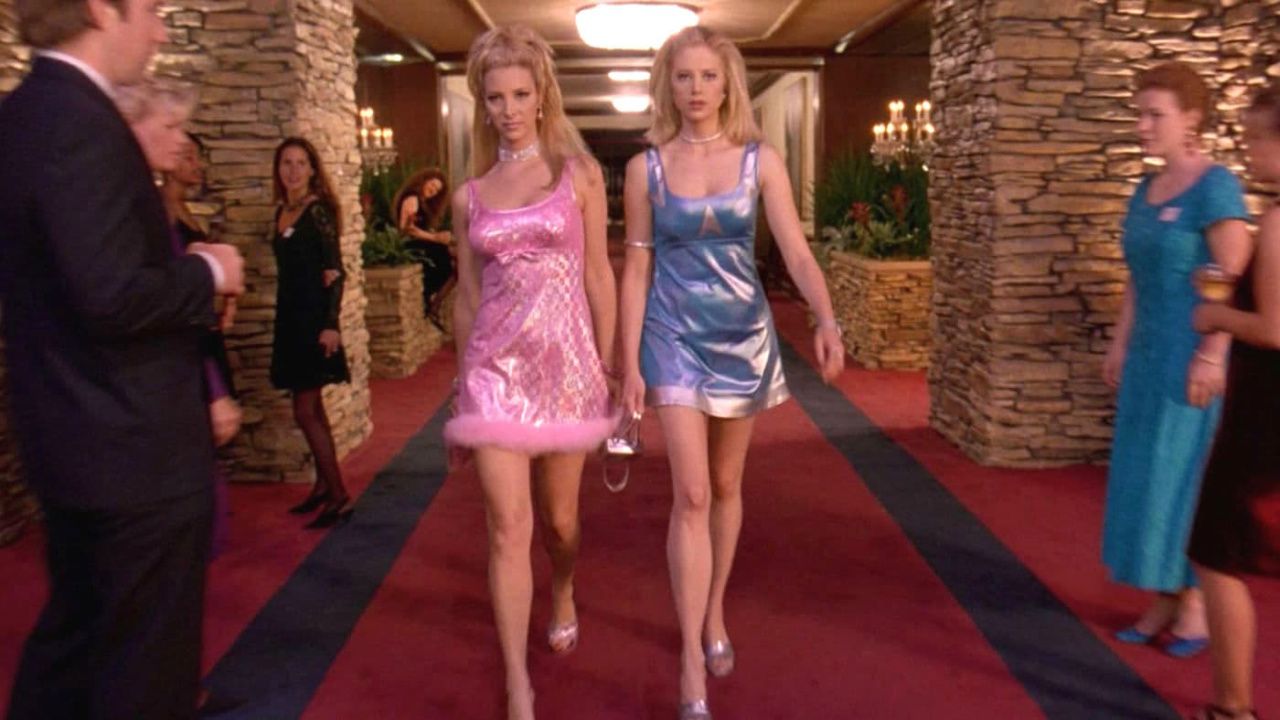
Disney Bets $60 Billion Its Parks Will Power the Future

On a visit to Anaheim in April, a crowd of parkgoers wearing Loki horns and Ratatouille chef hats cheered as a robotic Spider-Man swung through the air and slid upside down to the ground at Disney California Adventure’s Avengers Campus. Across the way, at Disneyland, the wait times for the sleek battle ride Rise of the Resistance at Star Wars: Galaxy’s Edge stretched to 90 minutes. Undeterred, fans in Jedi costumes clustered to wait beneath the looming cliffs of the fabricated Star Wars planet.
The demand for the newer franchises is unsurprising, but in an interview with The Hollywood Reporter, Josh D’Amaro, chairman of Disney Experiences, points out that even Mickey & Minnie’s Runaway Railway, a new attraction based on two of its oldest characters, is drawing big numbers.
“What I’m proud of is that all of our stories continue to resonate as strongly today as they ever have before,” D’Amaro says.
The executive is tasked with harnessing that demand into an even bigger growth engine for the company, as he leads Disney’s $60 billion investment in its parks and experiences division over the next 10 years. At his disposal is a wealth of unexploited IP (at least in parks and cruise lines) and more than 1,000 acres of land available for development across the company’s six resorts.
On the way, the exec will have to contend with Comcast’s NBCUniversal, which is launching a highly anticipated Florida park in 2025, as well as workers pushing for increased wages and more unionization, and lingering consumer pain points over pricing. Under former CEO Bob Chapek, fans grew outraged over the introduction of a reservation system to manage crowds post-pandemic as well as paid add-ons to skip lines, which, depending on the option and day, could increase the cost of a ticket that starts at $96 per day in California by as much as $30 for Genie+, less for individual rides.
The wild card for planning is the Disney succession race, where D’Amaro has seen his name floated as one of the leading contenders to take over from Bob Iger when the CEO’s contract expires at the end of 2026.
When asked about the board of directors’ deliberations, D’Amaro responds like a politician who’s mulling higher office: He says he’s concentrating on the job at hand. “I love the Disney brand,” he notes. “And it has been incredible to have Bob Iger back and watch what he has done, from fixing the company to now moving toward a building mode. What I am squarely focused on right now is making sure that we’re turbocharging the Disney Experience business.”
D’Amaro’s division, which also includes consumer products and totals about 180,000 employees, has driven profits for the company each quarter, reaching an all-time revenue record in the first quarter of 2024. Income for the segment reached $8.9 billion in 2023, up 23 percent from the previous year, and up from $6.8 billion in 2019. It’s a high-return-on-investment unit, and the Burbank-based company is leaning on it as it pushes for profitability in its Disney+-led streaming businesses.
Analysts and Disney leaders are bullish on the resilience of the business segment. “You look at the returns and where you’re going to place your bets in terms of capital to deliver value to shareholders – that’s the business to do it,” CEO Bob Iger said of the experiences division at a March 5 investors conference.
“While they’re investing in direct-to-consumer, those theme parks have played a really important role in providing ongoing growth,” notes Bank of America analyst Jessica Reif Ehrlich.
About 70 percent of the $60 billion investment is earmarked for new experiences in parks and cruise lines, and 30 percent for tech, infrastructure and maintenance. Several new attractions are expected to start opening in 2025.
Domestically, the company is looking to a $1.9 billion-plus expansion of Disneyland and Disney California Adventure in Anaheim, as part of a plan called DisneylandForward, which does not increase the current square footage in acreage, but rather would allow more building on the land, if approved by the city. The Anaheim City Council voted unanimously for the deal April 17, in a big step toward finalizing the project, with a final vote to come May 7.
Several franchise attractions for the area have been floated, with Iger reiterating during the April 3 shareholder meeting an intention to bring a lush, green Avatar land to California.
“We will have enough room to build the equivalent of another Disneyland Park. And so then you start to think about, ‘Well what can we do here?’ ” D’Amaro says. “We haven’t told anything, any stories on Wakanda. We haven’t told any stories on Frozen, although it’s a 10-year old franchise. You think about franchises like Coco and Encanto. We almost have an endless stream of stories that we can tell.”
In Florida, Disney plans to spend $17 billion, which includes a transformation of EPCOT, updating Splash Mountain with a Princess and the Frog theme (also underway in California) and other new rides. The company unveiled a plan to turn Dinoland U.S.A. at Animal Kingdom into a land called Tropical Americas, featuring stories from Encanto and Indiana Jones, with architecture and art inspired by the Mayan civilization.
Overseas plans include bringing World of Frozen to Paris and renaming the park it will be located in to Disney Adventure World, and adding a new entranceway. The company opened World of Frozen at Hong Kong Disneyland in November. Fantasy Springs, featuring lands devoted to Frozen, Tangled and Peter Pan, is planned to open at Tokyo Disney this spring. A Zootopia-themed land bowed at Shanghai Disney Resort in December, and D’Amaro hints that it may appear in other parks as well.
There’s also a possible merging of the company’s digital and physical ambitions, D’Amaro says. In February, Disney inked a $1.5 billion pact with Fortnite studio Epic Games to create an online universe that features Disney IP.
“I think there’s almost an inevitability that these things will all start to merge,” D’Amaro says. “And that’s why we think it’s so important to be in now early with Epic and create this space and then let it grow.”

Guests visit Hong Kong Disneyland’s Frozen-themed Land on September 12, 2023 in Hong Kong, China.
Li Zhihua/China News Service/VCG/Getty Images
After the company closed parks for about a year during the pandemic, and dealt with various COVID-19 restrictions and caps on capacity after they reopened, attendance has largely been on the rise in recent quarters, particularly at Disneyland and at Disney’s international parks, per earnings reports. (The company does not release exact numbers.) In Florida, Disney World has seen somewhat softer attendance in recent quarters, particularly in comparison to the big numbers it hit during its 50th anniversary celebration the previous year. It is also contending with higher costs related to the decision to close the Star Wars: Galactic Starcruiser hotel in May 2023, after the hotel, with its $1,200 price tag per person per day, failed to take off with consumers.
The goal now is to keep increasing interest in the parks, through new attractions, and reach more of its addressable market of 700 million people, as identified by income and Disney affinity.
At Disney’s California Adventure, the company already has several lands, in addition to Avengers Campus, including a Western-themed Cars Land, surrounded by reddish cliffs and a test track with cars zipping through hills, which also saw long lines on a recent visit, of both children and adults, as well as the bustling, colorful Pixar Pier, filled with rides related to properties such as Inside Out and sitting underneath a red, tubular Incredibles-themed roller coaster.

The Walt Disney Company CEO Bob Iger and Shanghai Vice Mayor Liu Duo celebrate the opening of Zootopia with Judy and Nick on December 19, 2023 in Shanghai, China.
Hu Chengwei/Getty Images
When thinking about what content to turn into theme park attractions, or new lands, D’Amaro says his team works location by location in terms of what consumers want, with an eye to the different demographics of consumers Disney is trying to attract to that park. In the case of the Zootopia-themed land — featuring colorful habitats for each animal depicted in the movie and a police chase-inspired ride — the movie was, at one point, the top animated film in China, so the team wanted to bring it to Shanghai first, knowing that it would resonate with consumers there.
Marvel’s Avengers Campus, which is outfitted with the superheroes’ headquarters and roaming Iron Mans and Capital Marvels, as well as a Guardians of the Galaxy ride, rebranded from the original Tower of Terror, was meant to appeal to younger and more diverse attendees.
While there’s no ideal timeline, per se, from movie release to attraction, D’Amaro’s team typically has an early look at coming film and TV projects in order to envision next steps.
“As Kevin Feige in Marvel Studios is thinking about his new storylines, my team from consumer products is in when they’re writing those new episodes,” D’Amaro says. “Imagineers on my team are in with Kevin and his team thinking about those characters and how they might come to life inside of our theme parks, and what an attraction might be. So if you’re looking at some of the recent releases that Kevin and the Marvel team have had, almost day-and-date with those releases, the characters find their way into the theme parks.”
The division tries to learn what consumers want via research teams talking to guests in the parks, as well as those who have visited previously, about what they’d like to see — this includes D’Amaro, who is often in the parks himself — and outside research on where the market may be headed.
“We’re talking to our guests all the time, and so we have a really good sense of what they’re reacting to on screen and understand then how to translate that into stories inside of our theme parks, cruise lines and experiences around the world. But we [also] have a pretty good sense for when our content partners are creating something that is going to resonate with a specific guest,” D’Amaro says.

At Destination D23 2023, it was announced that Walt Disney Imagineering is planning to reimagine Dinoland U.S.A. at Disney’s Animal Kingdom Theme Park into a new land inspired by a region sometimes referred to as “tropical Americas.”
Courtesy of Disney
Thus far, the parks chief says Disney is on track with its allocation of the $60 billion, calling the strategy “incredibly disciplined.” D’Amaro notes, “Every single investment that we make has to be justified unto itself.” The $60 billion is expected to be self-funded from the parks, a proclamation that helped counter some initial Wall Street reluctance on the spending. Iger has also said the company is not going to allocate all of the $60 billion initially, and wants to leave “flexibility” in the budget for new attractions or hotels if a new hit movie comes along.
The possibility of an economic downturn, causing a drawback in consumer discretionary spending, could pressure the $60 billion plan, notes Neil Begley, a senior analyst at Moody’s. And there’s the competition.
“Comcast has been investing a lot into their theme parks and getting a strong return on them. And so that kind of forces everybody to have to up their game,” Begley says.
In hopes of gaining market share, Comcast’s NBCUniversal plans to build a new Epic Universe park in Orlando in 2025, featuring five lands, including popular attractions such as Super Nintendo World, The Wizarding World of Harry Potter and How to Train Your Dragon. Like Disney, Universal also reported reaching record results for its theme parks, with its unit achieving its highest adjusted earnings before interest, taxes, depreciation and amortization on record of $3.3 billion in 2023, up 25 percent from the preceding year.
In the quarter ended Sept 30, 2023, Universal’s five theme parks brought in revenue of $2.4 billion. While the comparison is inexact, given that Disney’s numbers also include its cruise lines and other experiences, in that same time period, Disney reported $7 billion in revenue for that segment.
Begley says Disney and Universal are “much closer competitively than they ever were,” thanks to the popularity of Universal’s newer attractions.
At Disney’s April 3 shareholder meeting, Iger noted the company has been aware of Universal’s parks expansions for more than a decade, and has, in that time, staggered the launch of several attractions in Florida to bring in new attendees, including Pandora: The World of Avatar at Animal Kingdom, Star Wars: Galaxy’s Edge and the renovation of EPCOT, with new rides around Ratatouille and Moana.
“We’re always aware of what’s happening around us,” D’Amaro says. “But I think what’s kept Disney Experiences above and beyond anyone else’s [is that] we’re always looking forward. We’re always thinking about technology in a different way than the competitive set. We’re always thinking about how to immerse guests into stories in a completely different way.”
A version of this story first appeared in the April 24 issue of The Hollywood Reporter magazine. Click here to subscribe.
Read the original article here






